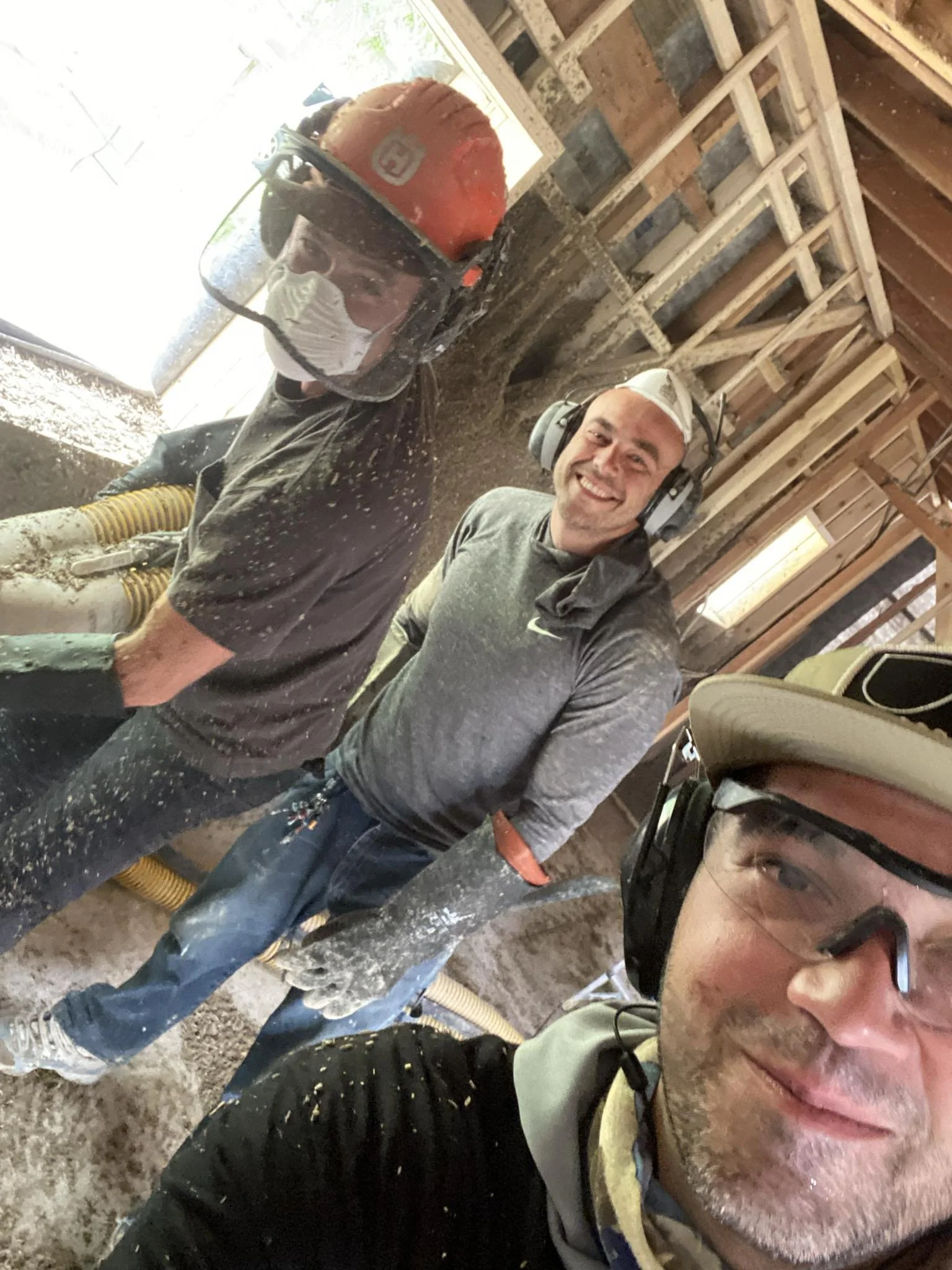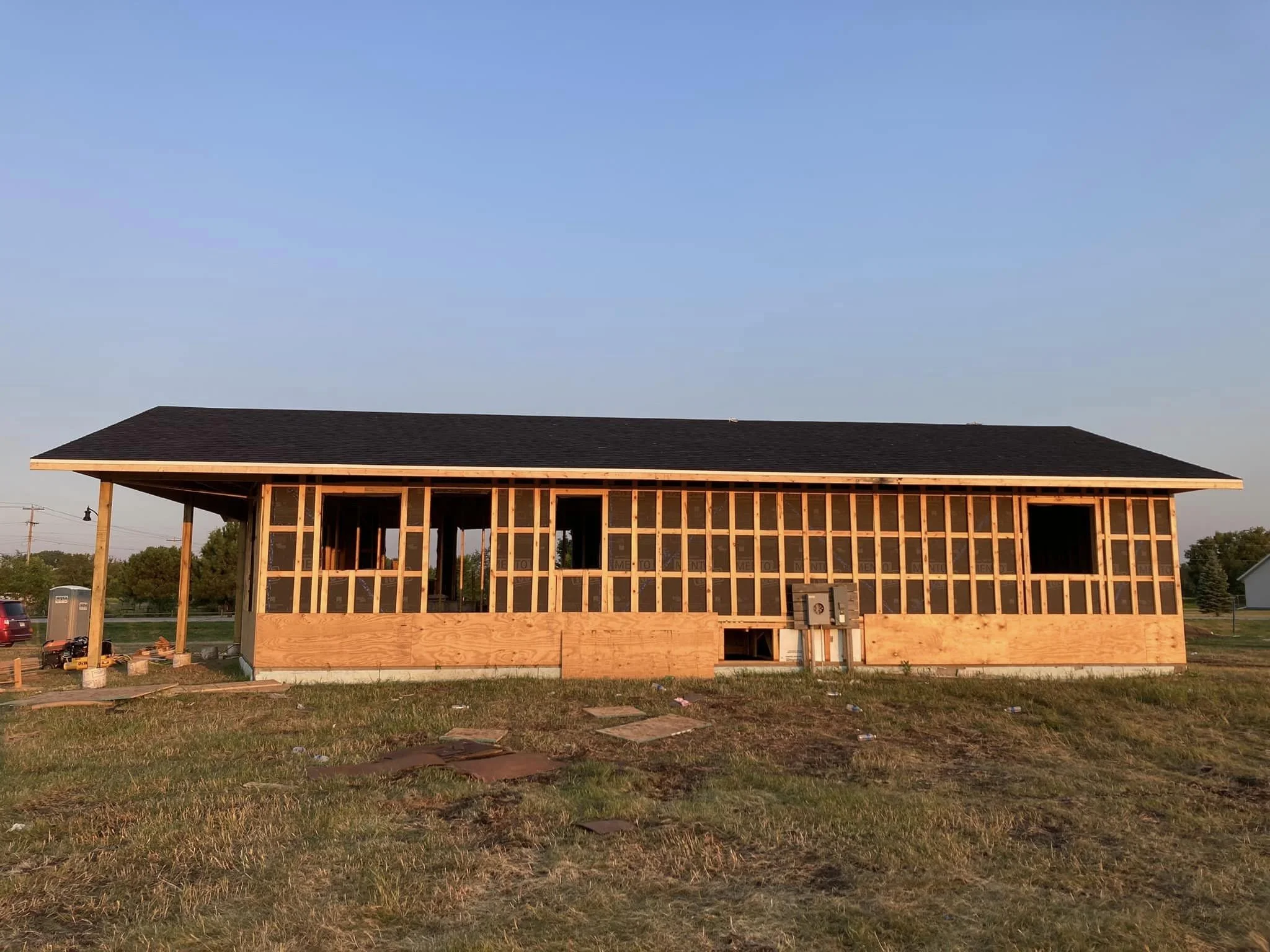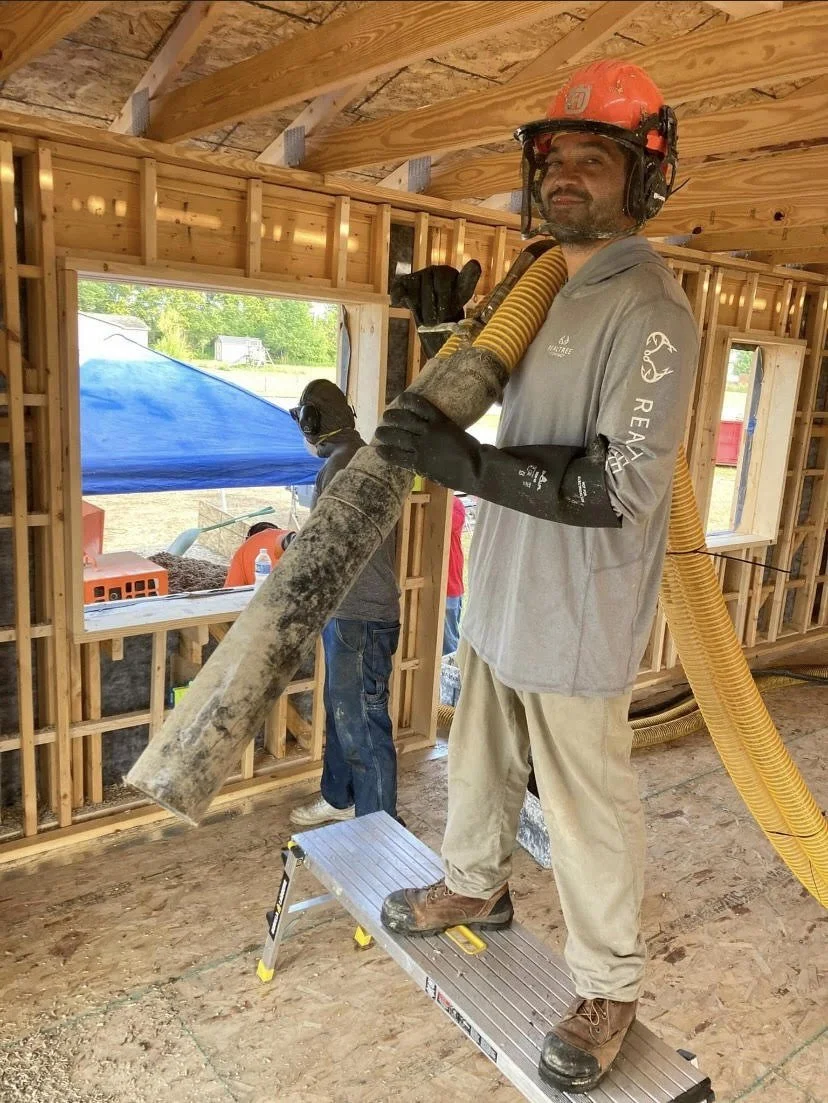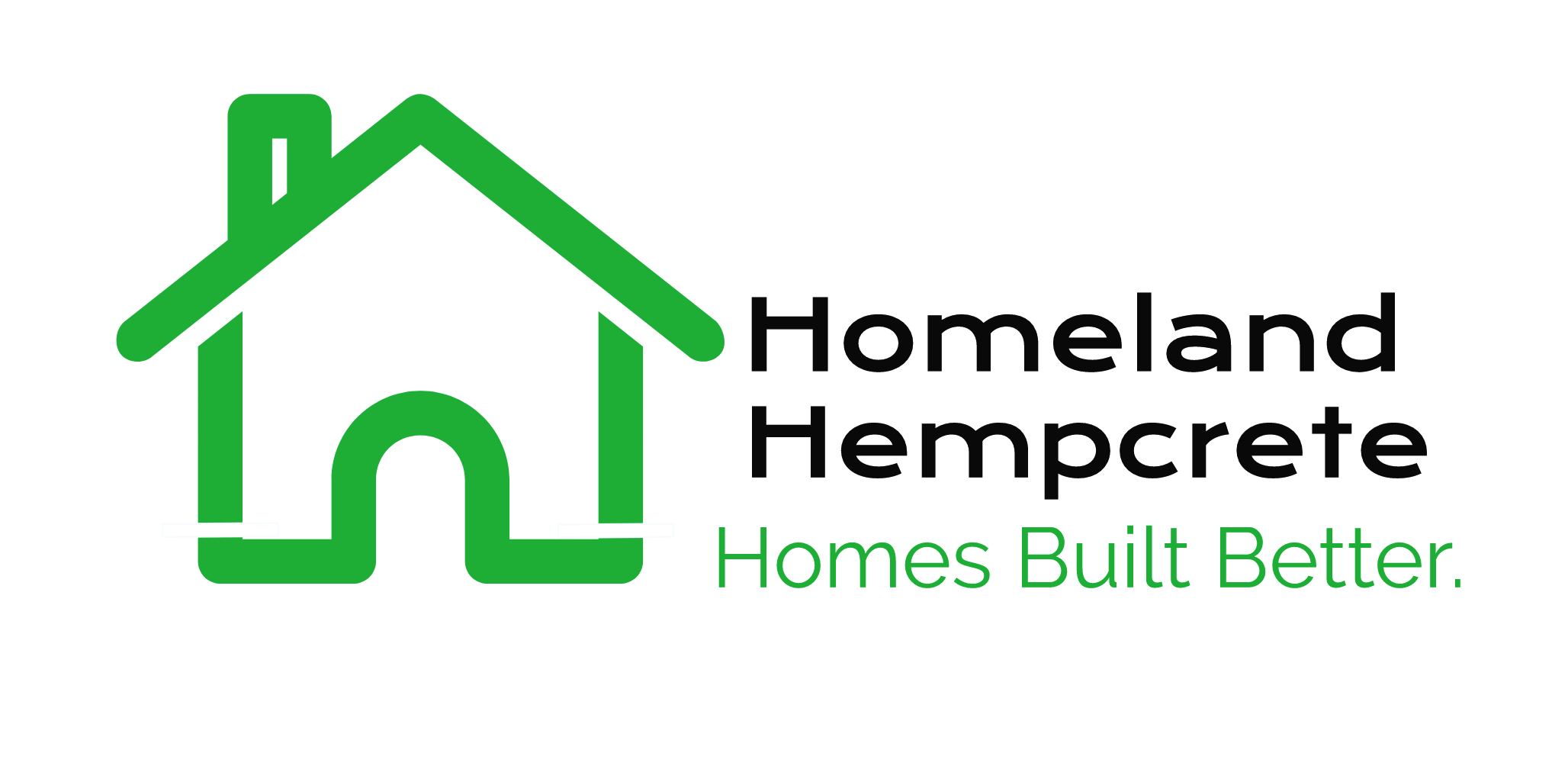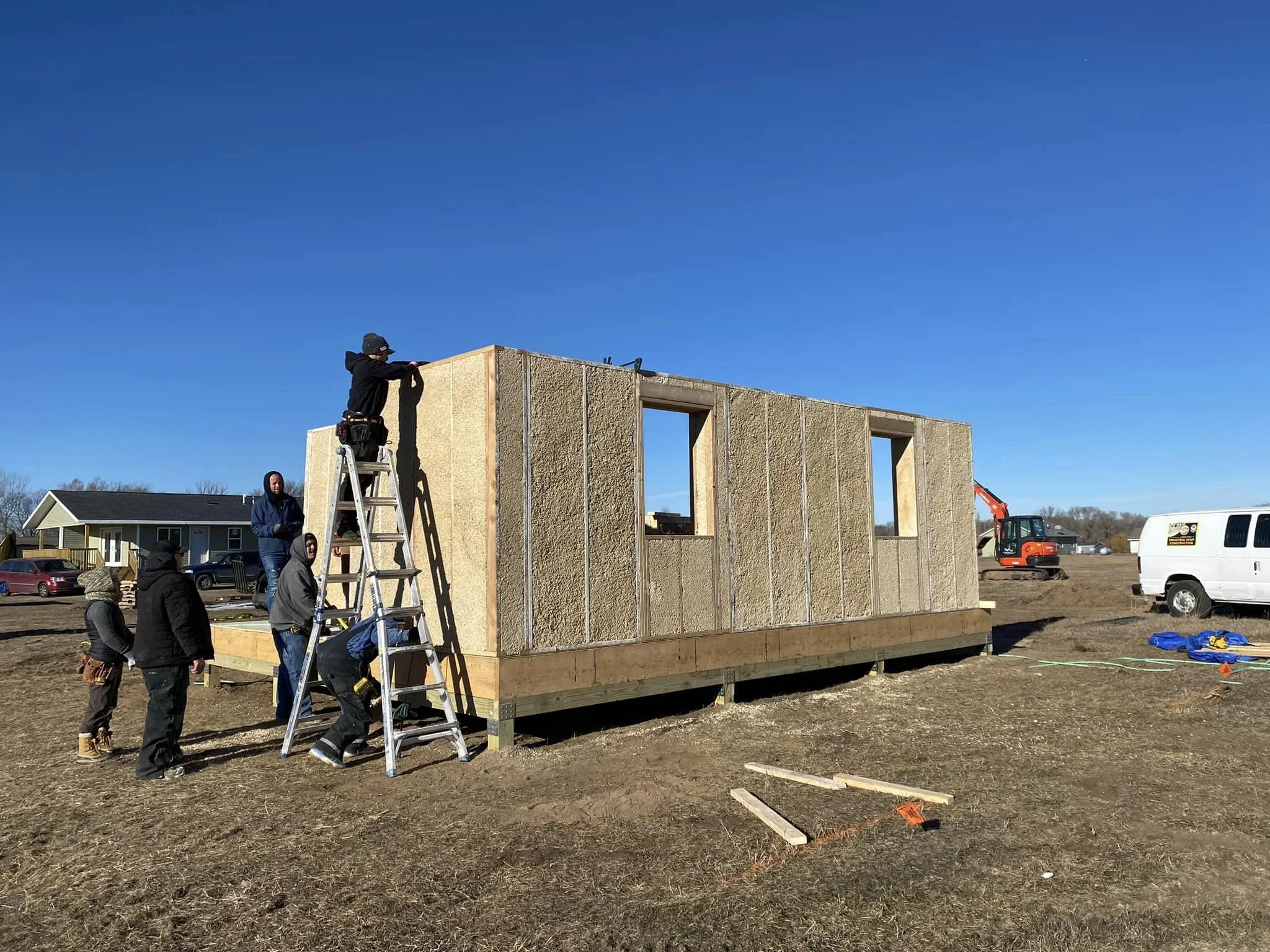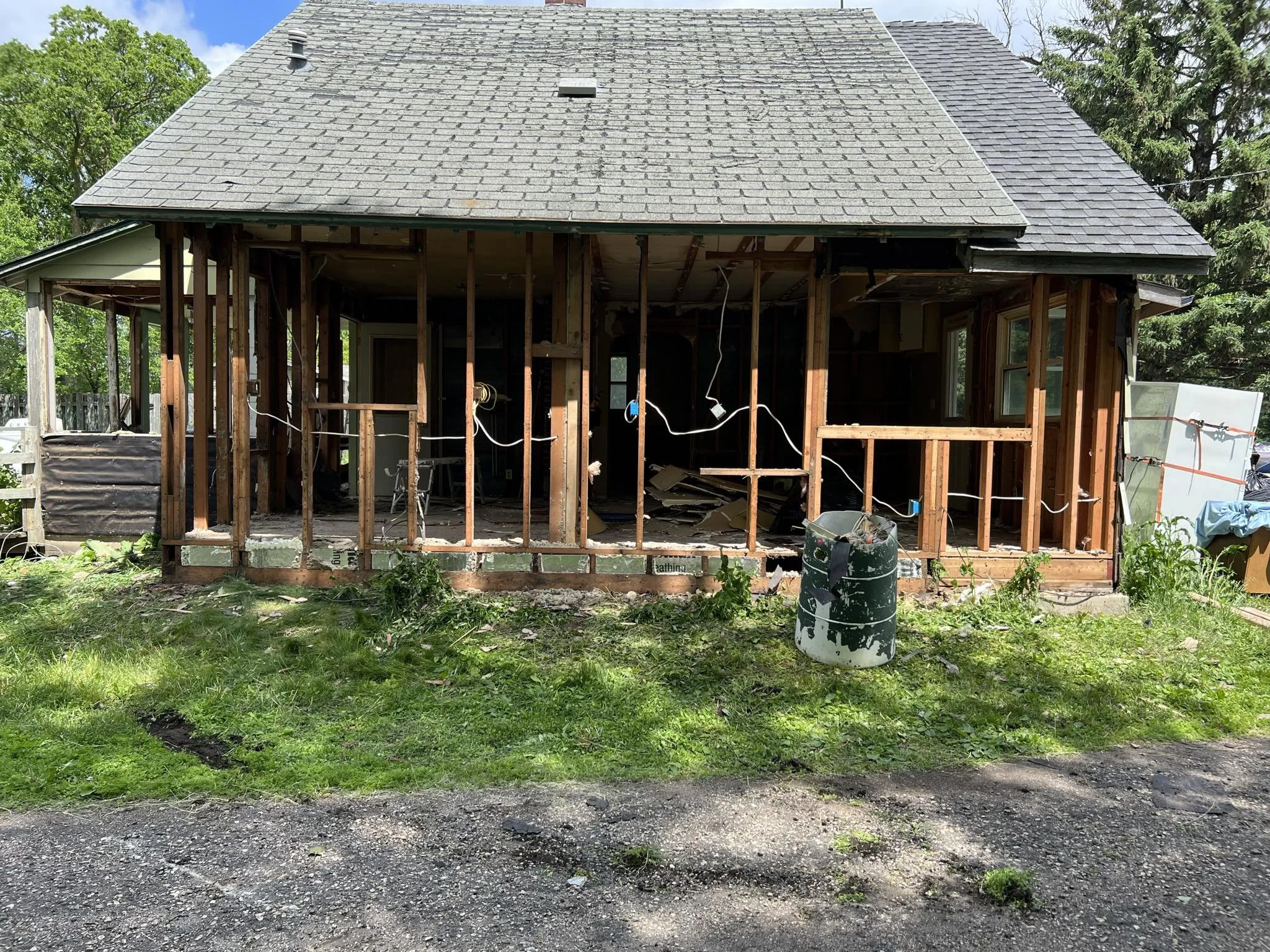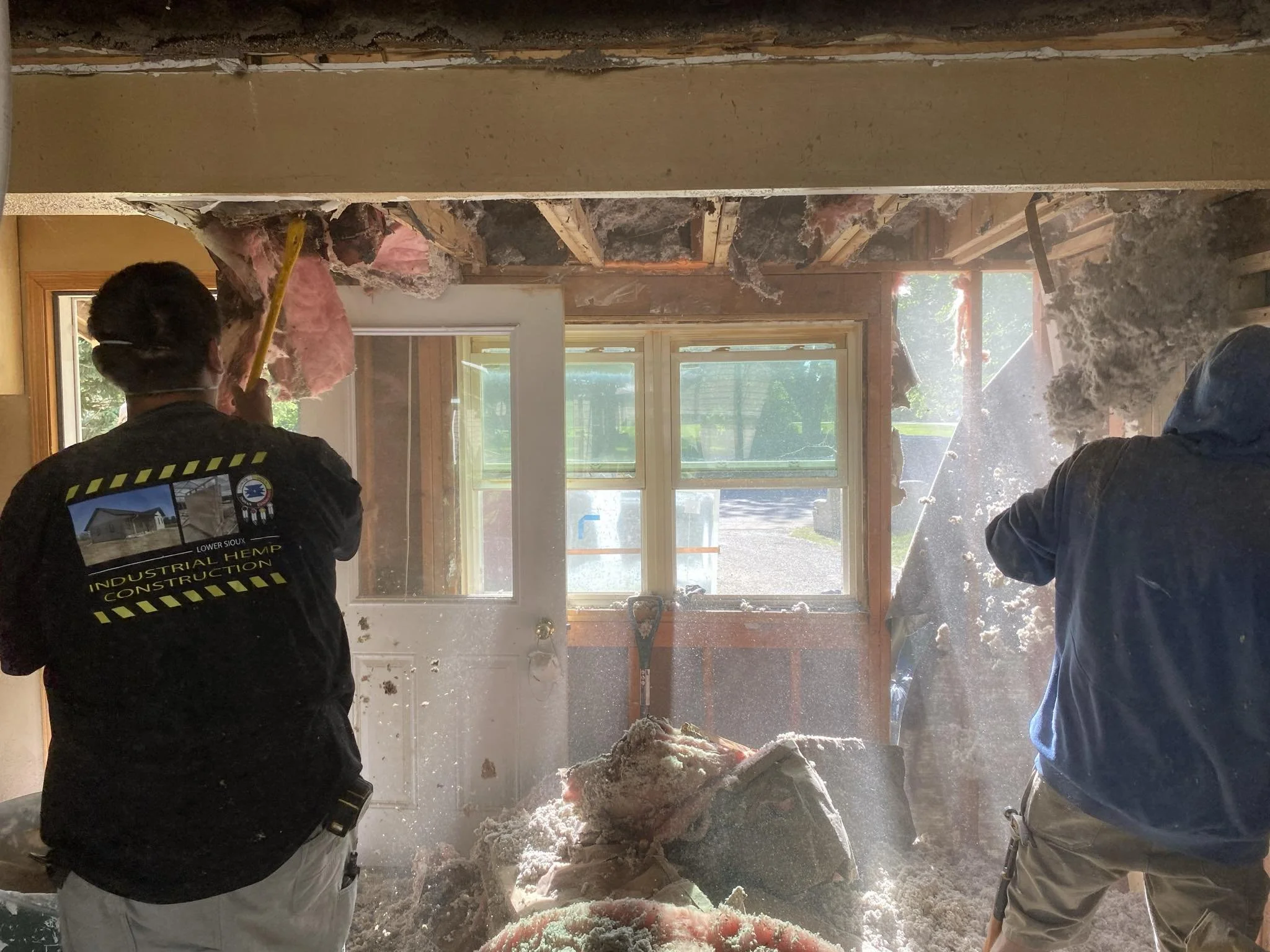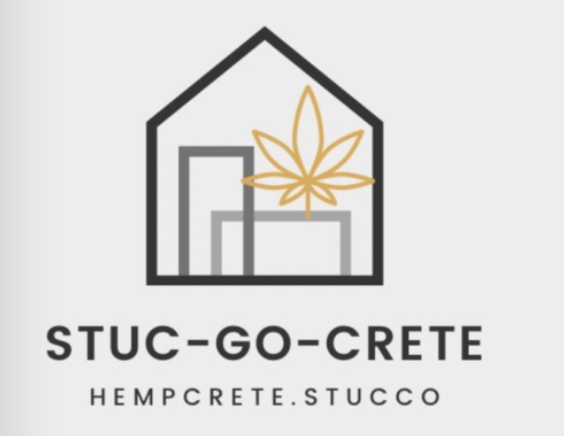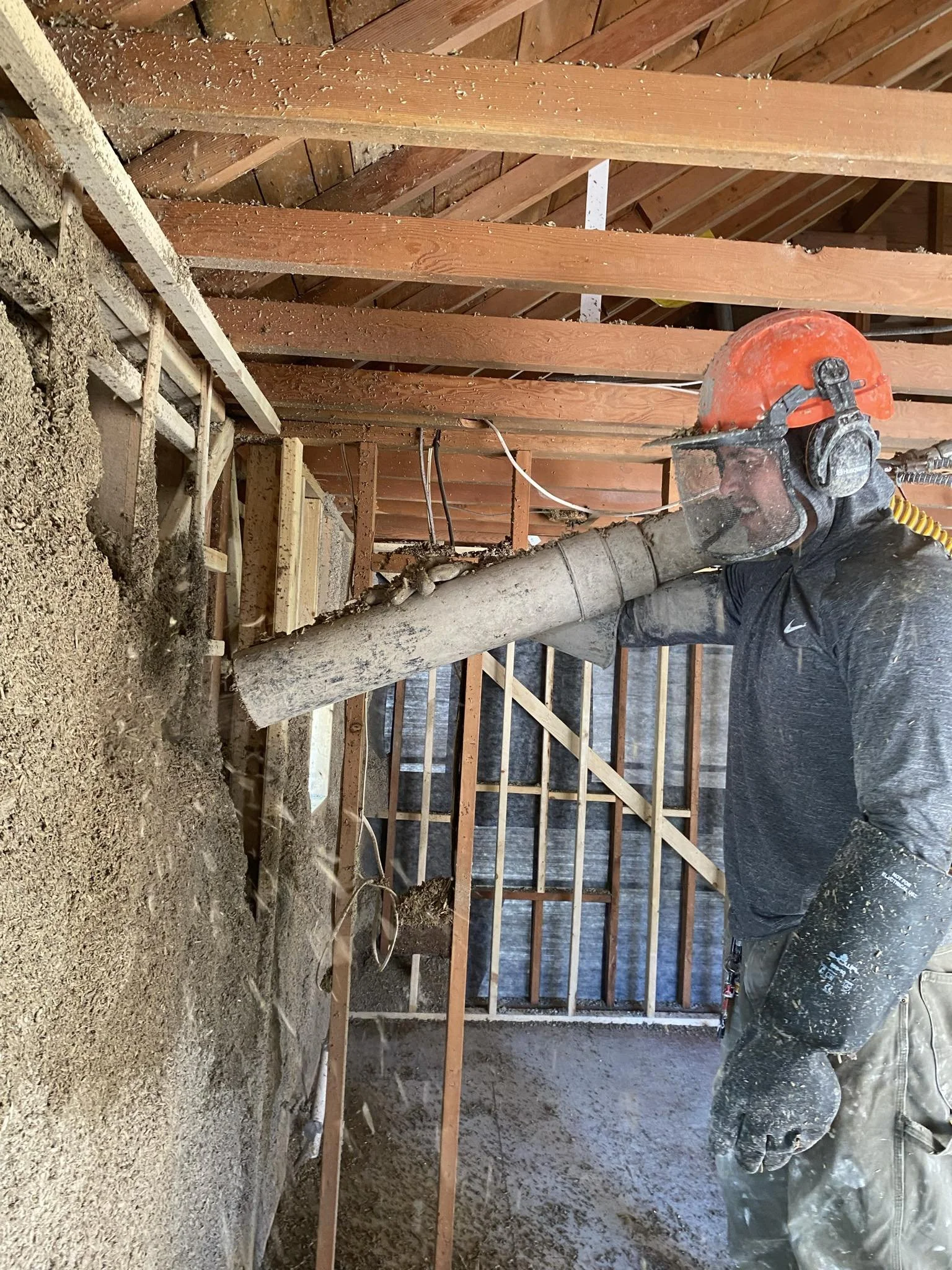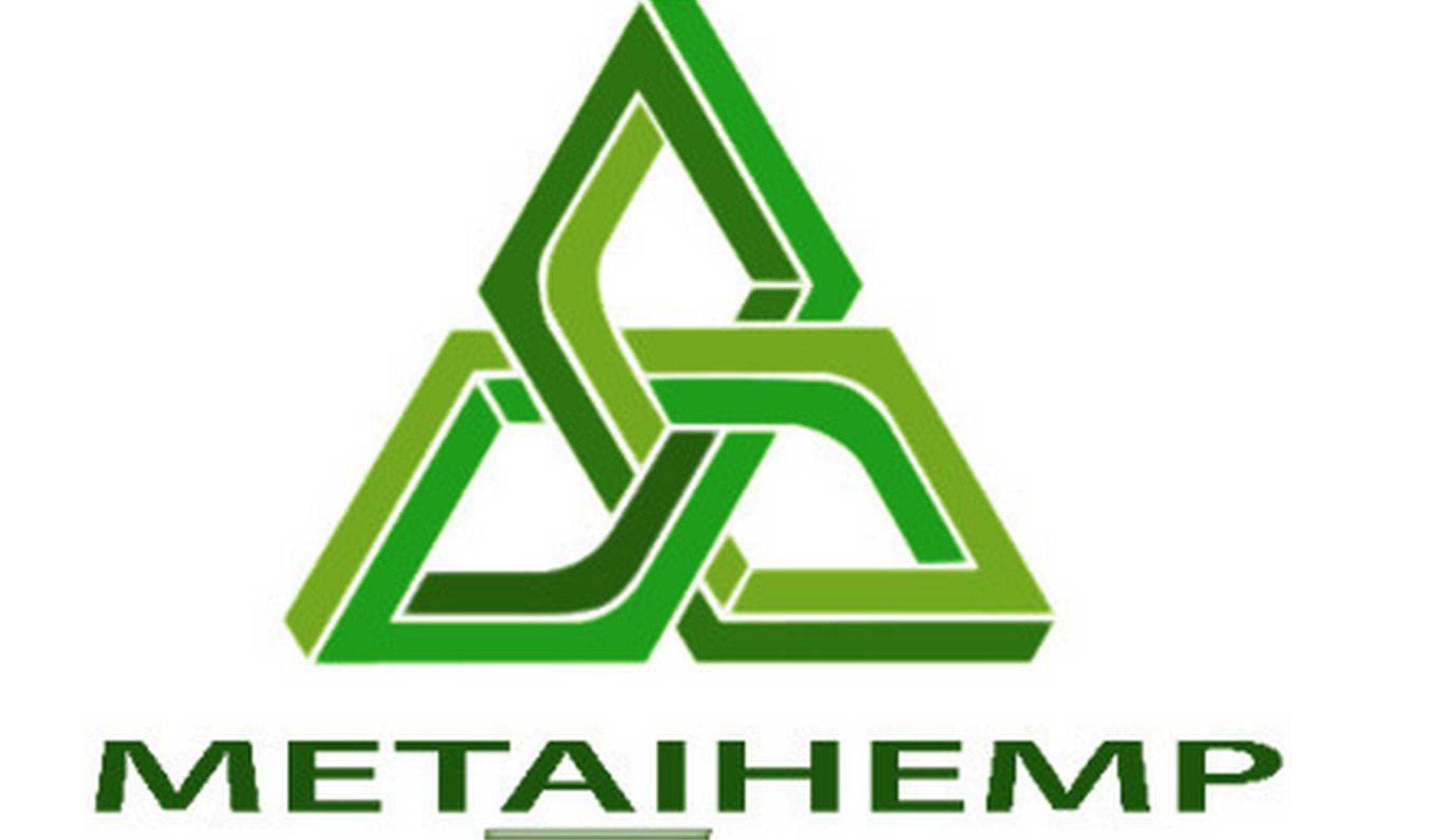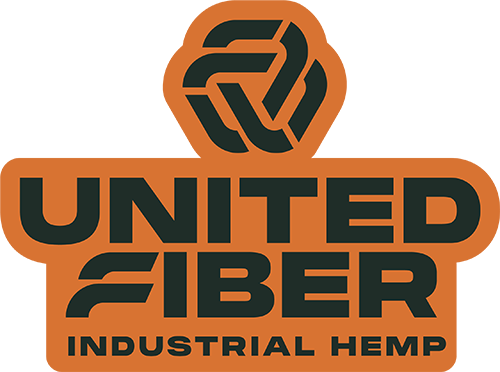Patagonia Films Lower Sioux Hempcrete Projects
[L-R} Joel Caldwell, Jesse Berry and Danny Desjarlais install hemp-lime (hempcrete) in a Lower Sioux reservation retrofit project. Photo courtesy of Danny Desjarlais
By Jean Lotus
Building with hemp-lime (“hempcrete”) is about to get a visibility boost in popular culture after international clothing giant Patagonia completed filming a new short film that shines the spotlight on the home-building of the Lower Sioux in Morton, MN. An article about the Lower Sioux will also be published in the environmentally conscious clothing company’s catalog, distributed to millions in 10 countries.
Last week, the camera crew filmed the retrofit of a reservation house, built in the 1940s, that had been abandoned for several years, said Danny Desjarlais, head of the Lower Sioux hemp building team.
“It's super damn exciting, but we were almost nervous,” Desjarlais told HempBuild Mag. “I just kept telling the crew, ‘just act like they're not even here.’”
In rural Minnesota, where winter temps can drop to -40 degrees, poorly insulated housing presents a hardship for tribal members who ask, “do I pay my gas bill or do I get groceries this month?” Desjarlais said. The tribe has committed funds to build a hemp processing plant to make raw construction materials.
The feature film, part of the Patagonia Stories series, ties in with the company’s hemp workwear line of clothing. The film will run between 8-15 minutes, said Patagonia Stories reporter Joel Caldwell, who is writing the accompanying article. Last year Patagonia worked with indigenous US hemp growers to produce a hemp tool bag.
The hempcrete achievements of the Lower Sioux came to the attention of Claire Chouinard, daughter of founder Yvon Chouinard, who read about the teams’ building success last year in Grist (republished here in HempBuildMag.)
Removing barriers and lowering costs
The Lower Sioux team have achieved astonishing accomplishments in building with hemp-lime (hempcrete) on the reservation, constructing three new houses and one retrofit in less than a year.
Furthermore, the team has cracked the code for economically viable modest single family homes built with hemp, averaging $171 (or less) per-square-foot. (Low-end single family homes average between $340/sq. foot in New York and $250/sq. foot in Seattle in 2024).
Desjarlais said the secret is his team of local tribal employees he’s nicknamed “the Belgian Horses” and avoiding hiring outside subcontractors.
But success has been a long time coming. Former tribal council member Earl Pendleton championed hemp-lime construction for years before the rest of the council was convinced.
“We started looking at building with hemp 10 years ago, and we’ve been growing industrial hemp since 2016,” Desjarlais said. Last year, when tribal elections were coming up, the local government suddenly decided to move.
“We needed something to show. We've been telling the tribe since 2016 that we were gonna build these hempcrete houses,” Desjarlais said.
The first hemp house built on the Lower Sioux reservation was a 1,500 sq. foot ranch emergency housing duplex constructed on an abandoned foundation.
“There was this open hole in the community, this crawl space that had been there for like 14 years. That was our only option to build on top of that. They didn't give us an architect, an engineer or anything, and they just said, build us a house on that footprint.”
The team framed the duplex home in two weeks and then took three days to spray apply the hempcrete with the Ereasy spray system purchased from PA-based Americhanvre.
Hemp-lime sprayed walls of ‘The Raft’ a 1,500 sq. foot duplex for emergency housing, were installed in under three weeks by the Lower Sioux hemp building team. Photo courtesy of Danny Desjarlais
“This is the first house that anyone can remember being built by a crew of Lower Sioux Tribe members on their own reservation,” Americhanvre founder Cameron McIntosh posted on social media. “Construction work is often subbed out to the detriment of the tribe, but these guys just showed how that doesn't have to be their future. “
Using local labor and a rain screen for siding meant that the cost for the duplex was kept below $200,000.
Word spread quickly and soon Minnesota Gov. Tim Walz, Lt. Gov. Peggy Flanagan and US Sen. Tina Smith (D-MN) visited the site.
Lower Sioux hempcrete lead Danny Desjarlais poses with an Ereasy hempcrete spray machine. Photo courtesy of Danny Desjarlais
A second modest house was framed in October, and was insulated by hand with the “cast-in-place” method with hempcrete thanks to some unusually warm weather, Desjarlais said. The team used about 20,000 lbs of hemp hurd on that project.
By December, the team was ready for a third small project, a 580 sq. ft one-bedroom cottage. They partnered with Bismarck, ND-based Homeland Hempcrete, a company making hempcrete interlocking panel systems. With 5,000 lbs of leftover hemp hurd, Homeland owner Matt Marino created 12 4 x 8’ panels and delivered them. The team was able to assemble the wall panels in only four hours.
“In less than a day, all of the walls were completely up on that house. And it probably took us a day to a day and a half to do the foundation and the floor. It took us another day to set the roof rafters and sheet it,” Desjarlais said.
With long winters and a short building season, Desjarlais says some combination of a spray and panel system pre-built indoors will probably be the most efficient way to build with hempcrete the 200 houses the US Census says are needed on the reservation.
The hempcrete panel walls of a 580-sq.-ft home were assembled by the Lower Sioux crew in about 4 hours. Photo courtesy of Danny Desjarlais
An abandoned home on the Lower Sioux reservation was stripped to the studs to be retrofitted with spray-in hempcrete. Photo courtesy of Danny Desjarlais
Retrofit project
The final project, filmed in depth by Patagonia, was the retrofit of an abandoned house on the reservation.
Desjarlais said when the team stripped the siding off they made an unhealthy discovery.
In the original part of the house, built in 1944 the team found no mold. The walls had been wrapped with paper during construction.
But in a newer addition on the house, which had been built less than 10 years earlier, builders used a plastic vapor barrier inside the walls.
“We pulled all of the walls, all the drywall off, and behind the plastic, all of the pink insulation was just black mold the entire way,” Desjarlais said. “People were hanging pictures or a clock, and they were missing the stud, and they were poking a hole through that plastic, you know, because their screw or their nail would go through the drywall and create a hole in the plastic vapor barrier.”
This is why vapor-permeable materials like hempcrete are superior, Desjarlais said.
Crew members rip moldy insulation out of the Lower Sioux reservation home to be retrofitted. Photo by Danny Desjarlais
Patagonia freelance writer Caldwell watched the retrofit with the film crew.
“I saw dumpster after dumpster of toxic stuff being taken out and then, kind of shockingly quickly being replaced with the Ereasy system,” he said. “Then to see this much more simplistic, much more natural, biodegradable, non-toxic substance go back in was just really, really eye opening.”
Charleston, SC-based Caldwell said he’d been pitching hempcrete to the Patagonia editorial team for years, after attending pre-pandemic hempcrete workshops hosted by Roots Down Collective founder April Magill. “The top of my head was blown off when April explained about plant-based construction that’s basically fireproof, pest resistant, it doesn't support mold growth,” Caldwell said.
Now he thinks the film and article will tell the story of a resilient tribe building healthy housing for their residents.
“I’m so impressed with this crew,” Caldwell said, “It's like a brotherhood. This gritty, hardworking crew, building a community for the community.”
Hemp lime (hempcrete) is sprayed into the wall cavities of the gutted house on the Lower Sioux Reservation. Photo courtesy of Danny Desjarlais
What’s Next for Lower Sioux?
As word of the tribe’s success with hempcrete has spread, the hemp-building team on the Lower Sioux reservation has been approached to build more homes in neighboring states and in Minneapolis-St. Paul. They are also in talks to replace the elementary school where Desjarlais’s children attended.
“That ball is rolling,” Desjarlais said. “In these rural areas they're rebuilding these run-down schools because they are so full of mold and asbestos and lead paint,” he said.
But until then, the “Belgian Horses” might get a rest and a chance to enjoy the tribe’s summer powwow, Desjarlais said.
“Man, I'm telling you, we got a good team. There's only five of us total and we haven't had a day off since the end of [last] June.”
Please Support Our Classified Advertisers
(To find out more about advertising CLICK HERE).
Help Wanted:
Publications
Hemp Building Directory 2024 - Guide to the International Hemp Building Industry
“Hemp Buildings - 50 International Case Studies” by Steve Allin
Green Builders
Build your hempcrete dream house in Austin, TX with Gradek Contracting and Design
8th Fire Innovations: 15 Years of Hemp Building in Alberta, Canada. Home of the Divita Block System
Experienced Natural Building Engineering Services from Verdant Structural Engineers, CA
Natural Materials Design at Plural Office Architects, Austin TX
Hemp Building Research and Training
Enrolling now Hemp Build School Masterminds online and IRL for Homeowners and Professionals
Hemp Hurd (shivs)/Hemp Fiber/ Hemp Microfiber
Your Hemp Agricultural Solutions: Whitefield Global Holdings
Grown in USA: Hemp and Fiber specialists at Complete Hemp Processing
Hemp Building Supplies, No Order Too Small. Hemp Traders, Los Angeles
Hempcrete installers/Insulation subcontractors
Hemp Build Network: We Make Building with Hemp Possible, New Braunfels, TX
Hemp Building Company: Hempcrete installation, supplies Lafayette, CO
Design and build your Hempcrete home with HempStone LLC complete consultants
Lime Binder
Hemp Batt Insulation/Supplies
Hemp Wall Panel Products
Preorder your hempcrete tiny house from Sativa Building Systems
Panel solutions from Homeland Hempcrete
Hemp Blocks
Financial Services:
Professional Associations

